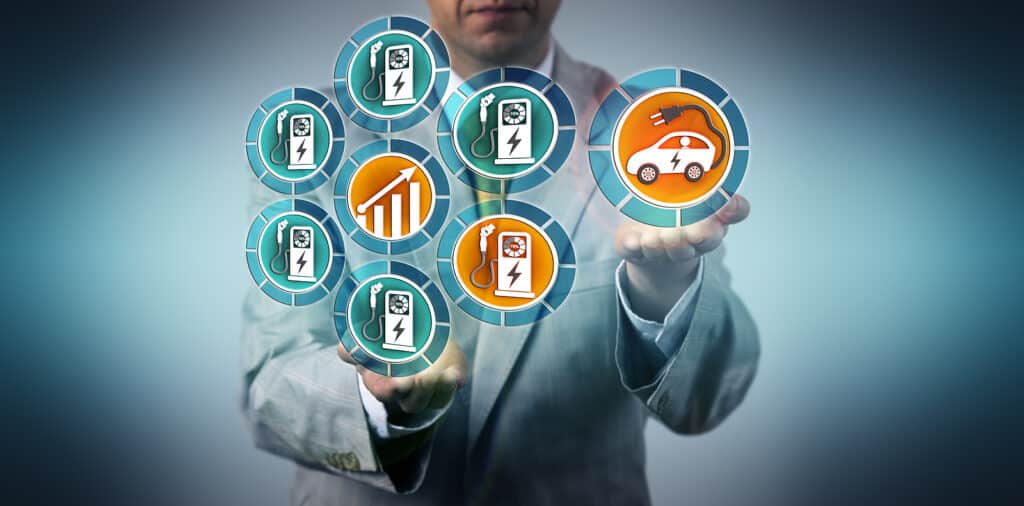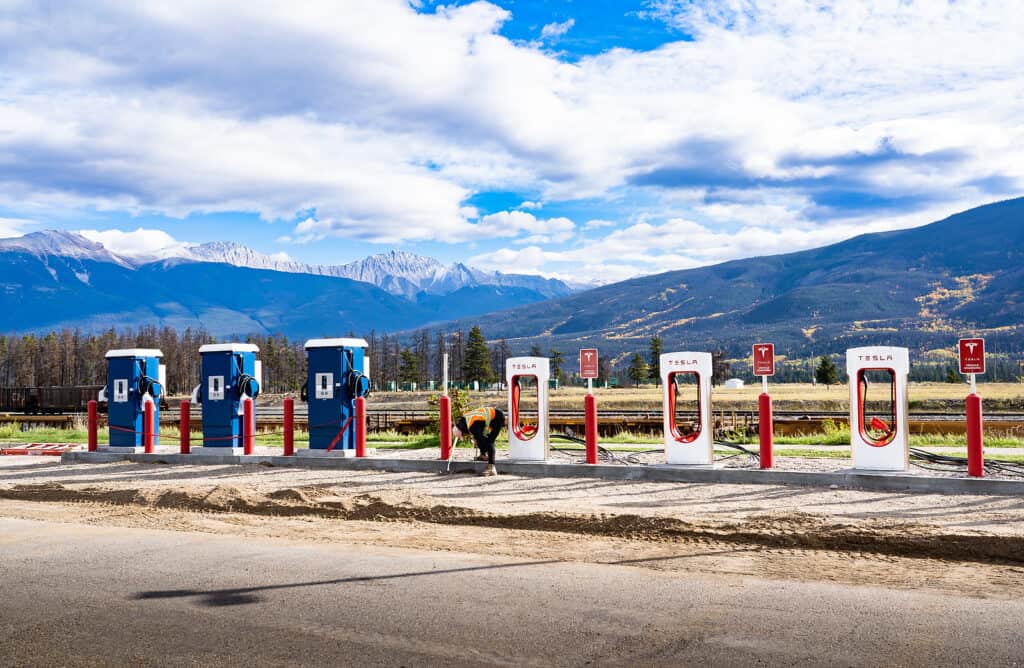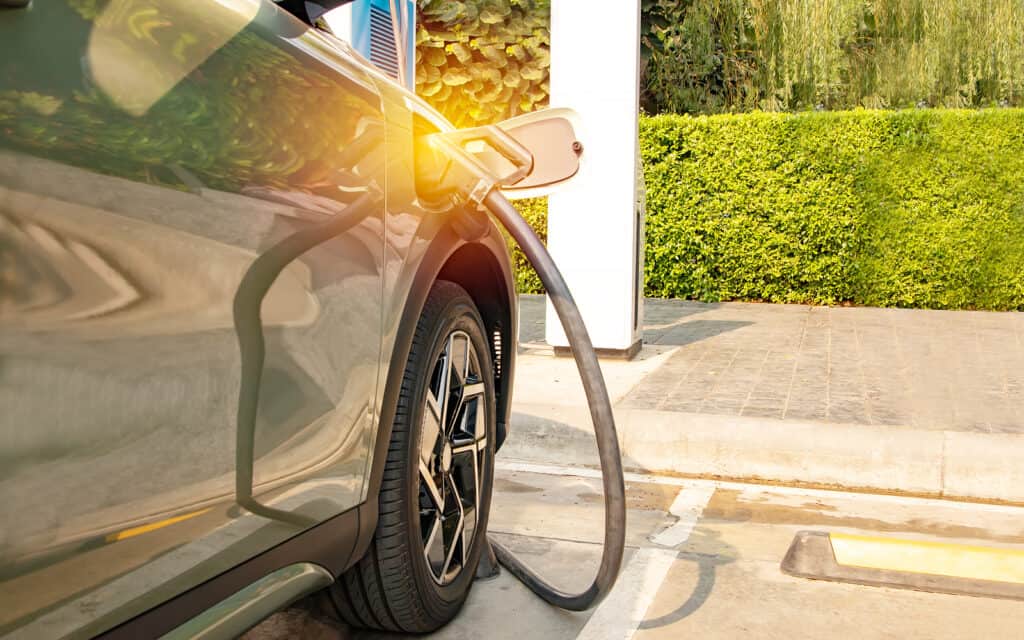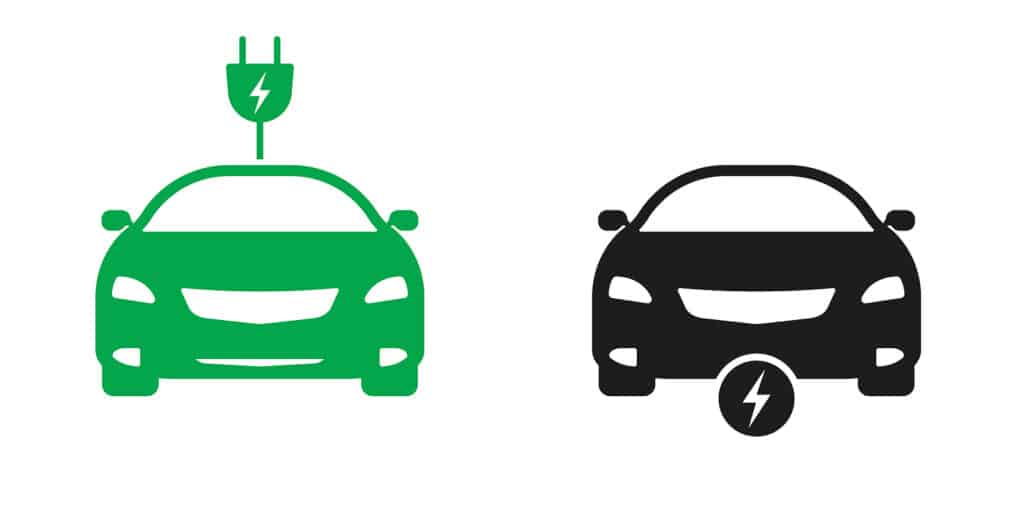Revolutionizing Transportation: The Rise of Battery-Wala Rickshaws
Living in a congested urban area with short commuting distances, I've been searching for a more eco-friendly alternative to traditional vehicles to reduce my carbon footprint. Over the years, transportation has become an essential part of my daily life, but with the ever-increasing population and limited resources, the need for sustainable options is undeniable. That's when I discovered the rise of battery-wala rickshaws.
Battery-wala rickshaws are the new generation of eco-friendly public transport that has caught my attention. These electric vehicles run on rechargeable batteries and produce zero emissions, making them a perfect choice for reducing environmental impact. As a homeowner concerned about the environment, I'm excited about the potential impact of these battery-powered rickshaws in my community and beyond.
What is E Rickshaw?
Rickshaws have been a popular mode of transportation in many countries since the late 19th century. The original rickshaws were human-powered and required a person to pull the carriage. The idea of rickshaws originated in Japan, and it quickly spread to other countries in Asia. In the 20th century, the cycle rickshaw was introduced, which was a vast improvement over the human-powered rickshaw.
The cycle rickshaw was popular in many countries, including India, Bangladesh, and Thailand. However, the rise of motorized vehicles in the 20th century led to a decline in the use of cycle rickshaws. The motorized rickshaw, commonly known as the auto-rickshaw, became the preferred mode of transportation for short distances.

The Rise of Battery-Wala Rickshaws:
Over the past few years, there has been a remarkable surge in the adoption of battery-wala rickshaws, revolutionizing short-distance transportation. These electric vehicles have garnered widespread popularity owing to their manifold advantages over traditional fuel-powered rickshaws. Embracing battery-wala rickshaws offers not only a greener and cleaner environment but also brings about substantial cost savings and health benefits.
Eco-Friendly Advantages
Battery-wala rickshaws are at the forefront of environmentally friendly transportation options. Operating solely on electricity, they emit zero tailpipe emissions, which significantly reduces the carbon footprint. By shifting from conventional fossil fuel-based rickshaws to battery-powered ones, urban areas struggling with high levels of air pollution can experience a marked improvement in air quality. As these eco-friendly rickshaws silently traverse the city streets, they play a crucial role in mitigating air pollution, thereby creating healthier living environments for residents.
Cost-Effectiveness and Minimal Maintenance
One of the key reasons behind the rapid rise of battery-wala rickshaws is their remarkable cost-effectiveness. Charging the batteries requires far less expenditure compared to the continuous consumption of fuel in traditional rickshaws. This financial advantage not only benefits the rickshaw operators but also translates to more affordable fares for passengers. Moreover, battery-wala rickshaws boast simplified and sturdy designs, incorporating fewer moving parts than their fuel counterparts. As a result, they are more resilient and less prone to wear and tear, leading to reduced maintenance costs. This unique combination of cost-effectiveness and minimal maintenance makes battery-wala rickshaws a viable long-term transportation solution.
Noise Pollution Reduction
The cacophony of traditional fuel-powered rickshaws has long been a source of noise pollution in urban areas. In stark contrast, battery-wala rickshaws operate with almost silent efficiency, transforming the soundscape of the city. Their near-silent movement provides a welcome respite for both passengers and the general public, creating a more pleasant urban environment. The reduced noise pollution not only enhances the overall transportation experience but also fosters a quieter and more serene atmosphere for residents and workers in bustling city centers.
Health Benefits
The environmental advantages of battery-wala rickshaws contribute to significant health benefits for the urban population. By reducing harmful emissions and curbing air pollution, these electric vehicles play a pivotal role in combatting respiratory and cardiovascular diseases, which are often exacerbated by poor air quality. As battery-wala rickshaws continue to gain traction as a preferred mode of short-distance travel, the improvement in air quality can lead to better overall health outcomes for urban dwellers.
Energy Efficiency
Battery-wala rickshaws are highly energy-efficient vehicles. Electric motors are known for their superior efficiency compared to internal combustion engines. The conversion of electrical energy to mechanical energy in these rickshaws is much more effective, resulting in less energy wastage. As a result, they can travel longer distances on a single charge, making them a reliable and practical choice for short-distance commutes and reducing the frequency of recharging.
Sustainable Energy Sources
The electricity required to charge battery-wala rickshaws can be generated from renewable sources such as solar, wind, or hydroelectric power. Embracing clean and sustainable energy for charging these vehicles further enhances their eco-friendly profile. By utilizing renewable energy, battery-wala rickshaws can truly become a symbol of sustainable and responsible urban transportation.
Reduced Dependency on Fossil Fuels
With battery-wala rickshaws, there is a reduced dependency on fossil fuels, thereby contributing to energy diversification and energy security. As cities increasingly transition towards electric mobility, they become less reliant on importing and consuming finite fossil fuels, leading to greater energy independence and stability in the long run.

Impact on the Transportation Industry:
The widespread adoption of battery-wala rickshaws has ushered in a profound transformation in the transportation industry, with far-reaching impacts felt across numerous countries, including India, Bangladesh, and Thailand. These eco-friendly and cost-effective electric vehicles have emerged as a compelling alternative to traditional fuel-powered rickshaws, which were notorious for their emissions and noise pollution.
Shift Towards Eco-Friendly Public Transport
The rise of battery-wala rickshaws signifies a notable shift towards eco-friendly public transport options. As concerns about climate change and environmental sustainability grow, communities have embraced these electric vehicles as a greener choice for short-distance travel. The widespread adoption of battery-wala rickshaws has contributed to reducing the carbon footprint and air pollution in urban areas, helping governments meet their emission reduction targets and improving the overall environmental quality.
Job Creation and Economic Opportunities
The battery-wala rickshaw industry has sparked a wave of job creation and economic opportunities in various regions. With the rising demand for these electric vehicles, many individuals have ventured into battery-wala rickshaw businesses, either as fleet owners or individual operators. This burgeoning industry has not only created employment opportunities for drivers, but also for mechanics specializing in electric vehicle maintenance. The ease of entry into this sector has further spurred entrepreneurship, enabling aspiring entrepreneurs to start their own battery-wala rickshaw businesses with relatively low capital investment.
Technological Advancements and Innovations
The advent of battery-wala rickshaws has acted as a catalyst for technological advancements and innovations in the electric vehicle sector. Manufacturers are continuously striving to enhance the efficiency, performance, and design of battery-wala rickshaws. Research and development efforts have resulted in the creation of more reliable and durable electric vehicles, contributing to their widespread acceptance as a practical and long-term transportation solution. Additionally, the pursuit of better battery technologies has led to the development of more efficient and longer-lasting battery packs, addressing one of the critical challenges in electric mobility.
Transformation of Local Economies
The integration of battery-wala rickshaws into the transportation network has transformed local economies in various ways. As more people embrace this sustainable mode of transport, traditional fuel consumption has decreased, reducing the need for fuel imports and minimizing the impact of fluctuating fuel prices on communities. Additionally, the growth of battery-wala rickshaw businesses has boosted the demand for local manufacturing and charging infrastructure, stimulating economic activity and contributing to the development of ancillary industries.
Public Health and Quality of Life
Beyond their environmental advantages, battery-wala rickshaws have positively impacted public health and the overall quality of life in urban areas. By reducing air and noise pollution, these electric vehicles have contributed to healthier living environments for residents. The improved air quality has the potential to reduce the prevalence of respiratory and cardiovascular diseases, fostering healthier communities.
Here is a video watch it to understand Vehicle Efficiency Explained
Challenges in the Adoption of Battery-Wala Rickshaws
While battery-wala rickshaws offer numerous advantages, several challenges must be effectively addressed to maximize their potential as a sustainable mode of transportation.
High Cost of Batteries
One significant hurdle is the high initial cost of batteries used in battery-wala rickshaws. The cost of these advanced battery packs can significantly impact the overall price of the vehicle, making it less accessible for some potential buyers. However, it is important to note that as the adoption of electric vehicles increases, economies of scale will come into play, leading to cost reductions in battery production. Continued research and development in battery technology may also lead to improved energy density and cost efficiency over time.
Charging Infrastructure Development
The establishment of a robust charging infrastructure network is crucial for the seamless operation of battery-wala rickshaws. While some cities have already taken steps in setting up charging stations, more extensive efforts are required to cover a wider geographical area. Governments, private enterprises, and utility companies must collaborate to invest in the expansion of charging infrastructure. This would involve strategically locating charging stations in key areas like transportation hubs, markets, and public spaces to provide convenient access for rickshaw operators.
Regulation and Safety Standards
Ensuring the safety of passengers and road users is paramount. Governments must develop comprehensive regulations and safety standards specifically tailored to battery-wala rickshaws. These regulations should cover vehicle specifications, driver qualifications, and operational guidelines. Licensing requirements and periodic vehicle inspections should be enforced to guarantee that only qualified and responsible drivers operate battery-wala rickshaws. Implementing proper safety measures can significantly reduce the risk of accidents and promote public confidence in using these electric vehicles.
Training and Awareness
To facilitate a smooth transition to battery-wala rickshaws, training programs and awareness campaigns are essential. Training sessions should be provided to battery operated rickshaw drivers, mechanics, and charging station operators to familiarize them with the technology, maintenance procedures, and safe driving practices. Awareness campaigns can educate the public about the benefits of electric rickshaw india and encourage greater acceptance and usage.
Integration with Existing Transport Systems
Seamless integration of battery-wala rickshaws with existing transport systems is vital for their success. Collaboration between battery-wala rickshaw operators, public transportation authorities, and ride-hailing platforms can create integrated transport solutions that offer commuters more accessible and interconnected travel options. This integration can promote the use of battery-wala rickshaws as a first-and-last-mile connectivity solution, complementing larger public transport networks.
Battery Recycling and Disposal
Addressing the environmental impact of battery waste is a critical consideration. Governments and manufacturers must establish effective recycling and disposal mechanisms for used batteries. Implementing responsible battery recycling practices will not only minimize environmental harm but also promote the sustainability of battery-wala rickshaws as a green transportation alternative.

Mahindra Treo what is Rickshaws?
The capacity of Mahindra treo is an electric three-wheeler rickshaw designed and manufactured by Mahindra Electric Mobility Limited. This eco-friendly vehicle is specifically designed for urban transportation and provides an efficient, low-cost solution for short-distance commuting in densely populated areas.
The Treo comes equipped with a robust electric motor and a reliable battery system that enables it to carry a considerable capacity of passengers and goods while producing zero tailpipe emissions. Its compact design, coupled with the ability to maneuver through congested streets, makes it an ideal and sustainable mode of transport, contributing to reduced air pollution and a greener urban environment.
FAQs: The Rise of Battery-Wala Rickshaws
What are Battery-Wala Rickshaws?
Battery-Wala Rickshaws, also known as e-rickshaws or electric rickshaw usa, are a type of three-wheeled vehicle designed to be powered by electric batteries rather than traditional fossil fuels. They are eco-friendly, and affordable, and play a significant role in revolutionizing urban transportation.
How do Battery-Wala Rickshaws work?
Battery-Wala Rickshaws use an electric motor powered by rechargeable batteries to drive the vehicle. The batteries are charged using electricity from the grid. Drivers control the speed and direction using handlebars, much like conventional rickshaws.
What are the benefits of Battery-Wala Rickshaws over traditional rickshaws?
Battery-Wala Rickshaws offer several advantages: a. Environmental-friendly: Since they run on electricity, they produce zero tailpipe emissions, reducing air pollution and combating climate change. b. Cost-effective: They have lower operating costs compared to rickshaws that run on petrol or diesel, saving money for both drivers and passengers. c. Reduced noise pollution: Battery-Wala Rickshaws are quieter than their traditional counterparts, leading to a more peaceful urban environment. d. Easy to operate: The electric motor requires less physical effort to operate than conventional rickshaws, making it a comfortable and sustainable livelihood option for drivers.
Are Battery-Wala Rickshaws legal and regulated?
The legality and regulation of Battery-Wala Rickshaws vary from country to country and even within different regions. In many places, these vehicles are recognized and regulated as a legitimate mode of public transportation. However, certain areas may have specific rules regarding permits, licenses, and safety standards that drivers and operators must adhere to.
How far can Battery-Wala Rickshaws travel on a single charge?
The range of Battery-Wala Rickshaws depends on the battery capacity, vehicle efficiency, and driving conditions. Generally, these rickshaws can travel anywhere from 50 to 100 kilometers on a single charge. As battery technology continues to improve, the range is likely to increase in the future.
How long does it take to charge the batteries of a Battery-Wala Rickshaw?
Charging times vary depending on the battery capacity and the type of charger used. Typically, it can take around 4 to 8 hours to fully charge the batteries. Some modern charging stations and fast-charging technologies can significantly reduce this charging time.
Are Battery-Wala Rickshaws safe to ride in?
When operated and maintained properly, Battery-Wala Rickshaws are considered safe to ride in. However, like any mode of transportation, safety can be influenced by factors such as driver behavior, road conditions, and adherence to traffic regulations. To ensure passenger safety, it is essential for drivers to follow safety guidelines and maintain their vehicles regularly.
How can I identify a Battery-Wala Rickshaw?
Battery-Wala Rickshaws are generally distinguishable from traditional rickshaws by their electric motor, which is often located at the rear end of the vehicle. They might also have prominent battery compartments or charging ports visible. In some cases, they could be color-coded or have stickers/markings indicating their eco-friendly nature.
How can I support the adoption of Battery-Wala Rickshaws in my area?
Supporting the adoption of Battery-Wala Rickshaws can be beneficial for the environment and local communities. Some ways to contribute include: a. Choosing Battery-Wala Rickshaws for short trips instead of conventional rickshaws or other motorized options. b. Encouraging local authorities to provide incentives for e-rickshaw drivers, such as subsidies or favorable licensing procedures. c. Spreading awareness about the environmental benefits of electric vehicles and supporting initiatives that promote sustainable transportation.
Are there any downsides to Battery-Wala Rickshaws?
While Battery-Wala Rickshaws offer numerous advantages, there are some potential challenges to consider. These may include limited charging infrastructure in some areas, potential battery disposal concerns, and the initial cost of purchasing electric rickshaw for sale for drivers. However, as technology advances and more people embrace electric mobility, these challenges are likely to diminish over time.
Conclusion:
As a homeowner living in a congested urban area, the rise of battery-wala rickshaws has truly impressed and inspired me. The transformation of transportation through these eco-friendly electric vehicles is nothing short of remarkable. Witnessing the positive impact of battery-wala rickshaws on the environment, public health, and local economies fills me with hope for a greener and more sustainable future.
The journey of battery-wala rickshaws, from traditional human-powered carriages to modern electric vehicles, showcases the power of innovation and human ingenuity in addressing pressing environmental challenges. Choosing to use battery-wala rickshaws for my short commutes not only reduces my carbon footprint but also contributes to cleaner air and quieter streets in my city.
The benefits of battery-wala rickshaws go beyond just being a practical and cost-effective mode of transportation. They represent a larger movement towards embracing sustainable and responsible practices in our daily lives. By supporting these eco-friendly vehicles, I feel like I am actively participating in a positive revolution in the transportation industry.
Sources:
https://www.colorado.edu/coloradan/2016/12/01/revolutionizing-rickshaw

